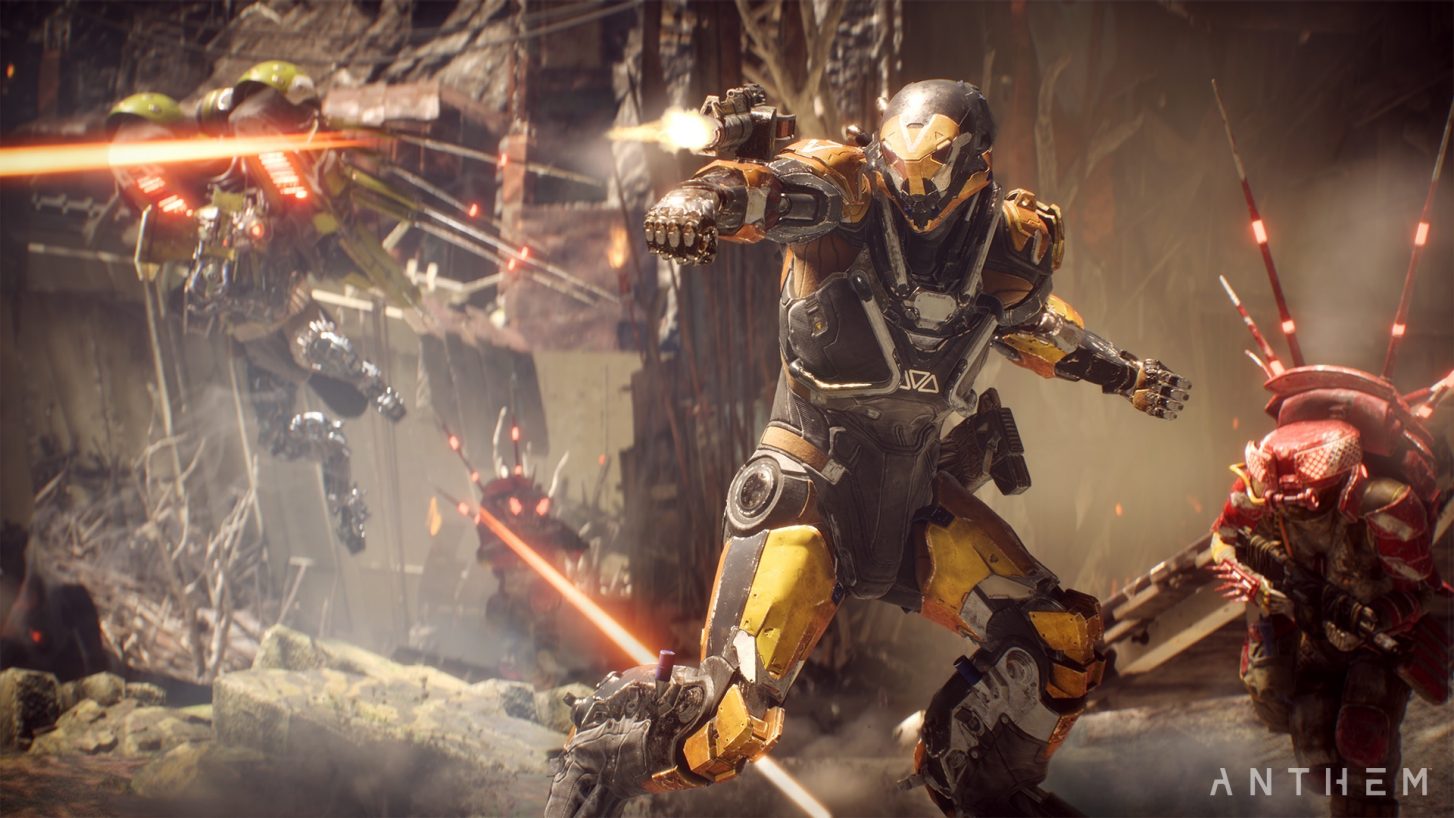Report: DLSS Can Improve Anthem Frame Rates By 65 Percent

Nvidia has been pushing two graphics technologies offered by its RTX GPUs: real-time ray tracing support and deep learning super sampling (DLSS). The former is supposed to make games look much better, and other big players in the gaming industry have joined Nvidia in advocating for the tech. DLSS in particular is meant to improve performance without sacrificing graphics, and it turns out Nvidia might actually be underselling its potential.
Electronic Arts brought DLSS support to Anthem, its take on the cooperative loot-based shooter, on March 26. Nvidia said at the time that DLSS support could improve performance while real-time ray tracing is enabled by up to 40 percent, maxing out at roughly 70 frames per second at 4K resolution on an RTX 2080 Ti graphics card.
However, analysis from Digital Foundry today finds that DLSS can actually offer a performance bump of up to 65 percent in Anthem. There is a caveat: Digital Foundry observed a broad range of performance gains with DLSS enabled. Sometimes it was around 20 percent; other times it hit that 65 percent limit. It depends on what's happening in-game and whether DLSS addresses whatever bottleneck is causing the frames to drop. And, of course, the usual clause about individual performance gains being incredibly system- and environment-dependent apply here.
DLSS can also change the game's appearance, too, which means someone might have to choose between familiar graphics and improved performance. But that's true of pretty much any technique used to increase frame rates that isn't 'buy new hardware.' The possibility of a 65 percent jump in performance could be compelling enough to change the graphics a bit--especially if those changes aren't particularly noticeable.
The real takeaway is that DLSS could still be hiding its true potential. Early attempts to use the technology might have missed the mark, or at least been limited to a roughly 40 percent improvement to performance, but that will probably change as developers grow familiar with the technology. For people who value performance over everything else, that could be more exciting than the graphical improvements offered by ray tracing.
Get Tom's Hardware's best news and in-depth reviews, straight to your inbox.

Nathaniel Mott is a freelance news and features writer for Tom's Hardware US, covering breaking news, security, and the silliest aspects of the tech industry.